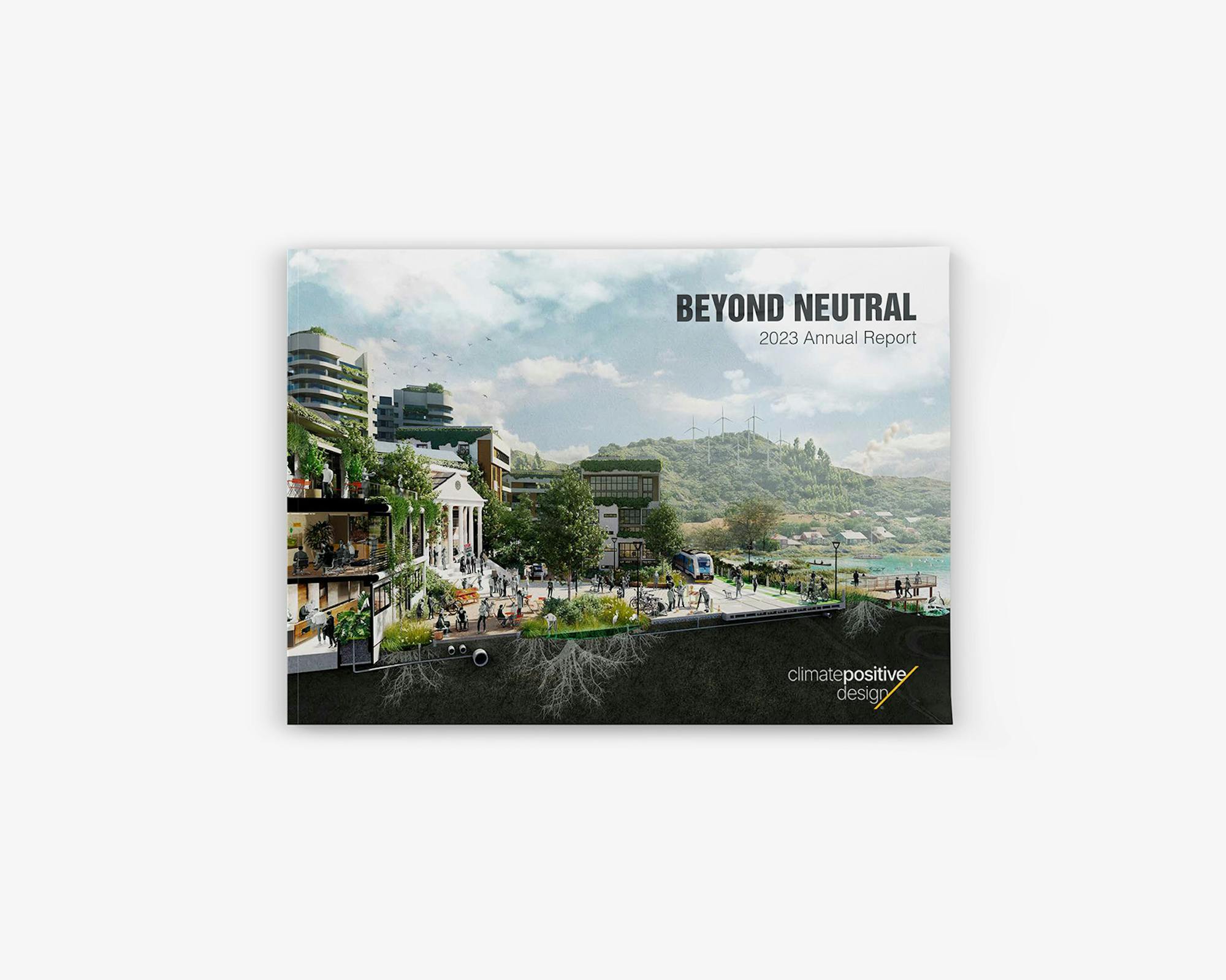
Beyond Neutral: Climate Positive Design
Climate Positive Design, a woman-owned non-governmental design and advocacy organization, has released its 2023 Beyond Neutral Annual Report featuring a case study of our work on the University of Newcastle’s Honeysuckle Campus.
Founded in 2019 as part of a research initiative supported by the Landscape Architecture Foundation, Pamela Conrad’s Climate Positive Design offers tools and resources to promote the reduction and removal of greenhouse gas emissions from the atmosphere through the built environment industry.
A large proportion of landscape architecture project greenhouse gas emissions are embodied upfront during construction. The primary objective of climate positive design in landscape architecture is to reduce upfront embodied greenhouse gas emissions and then address operational emissions over the life of a project.
Since 2021, OCULUS has been using Climate Positive Design’s Pathfinder tool to calculate the embodied and operational carbon emissions of our projects, along with carbon sequestration. The goal is to take more carbon dioxide (CO2) out of the atmosphere than emitted to become climate positive. The numbers can be confronting, but the tool helps teach us how to build a climate-positive future.

At the University of Newcastle’s highly urban Honeysuckle Campus, on Awabakal Country, we designed a temporary, engaging, and flexible landscape space for students and the local community to enjoy.
Given its temporary nature, designing for future reuse became a key driver of the design. Trees were planted in moveable raised planters so that they may be easily transplanted within future works, and furniture was designed to be easily removed and reused. Recycled timber was used for all planters, seating, and tables, and a repurposed student art installation was given new life as a series of shelters within the small park, all of which greatly assisted in keeping carbon emissions down.
The Pathfinder tool generates a Climate Positive Design Scorecard, which allowed us to iteratively test the design. Challenges for the project included the inability to plant a meaningful number of larger trees due to existing site contamination, and the brief for an open lawn which is a net carbon emitter and reduced the potential for extensive planting. The largest impact we were able to make in reducing emissions was through minimizing the use of concrete as a paving surface, instead utilizing stabilized crushed stone.
Our Climate Positive Working Group, led by Senior Associate Simon Bond, continues explore ways OCULUS can expand our climate positive design capacity to implement meaningful change across our projects.